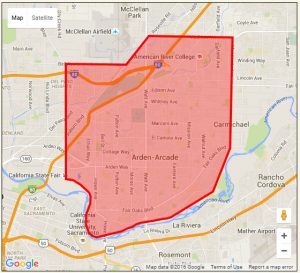Kathy Lynn, of El Dorado Hills, went kayaking for the first time and wasn’t sure of what she was about to experience.
“Kayaking was always something I wanted to do,” she said. “I live so close to the facility and I thought it would be relaxing and fun. The only thing I was concerned about was getting into the kayak without it tipping over.”
Lynn is excited to do it again because she had a very enjoyable experience, she said.
“It was very relaxing and there weren’t a lot of people out on the lake the day I went,” Lynn said. “I am so happy I finally had the chance to get out there and do it!”
If you are looking for a relaxing day on the lake, but don’t have a boat, kayaking might be perfect for you.
At the reasonable price of $11 for non-Sacramento State University students and $8 for students, smoothly paddling through the water is a perfect weekend activity.
First when arriving at the Sacramento State Aquatic Center, you check in at the front counter and rent the kayak, said Brian Dulgar, the director the facility. Next, you fit yourself with a properly sized life jacket. Sizes range from toddler all the way to XXL, he said. The, you grab a paddle, get in your kayak by the water and paddle away for as long as you want.
“Kayaking is for everyone,” Dulgar said. “I have two daughters and they grew up here. They were exposed to water starting at 18 months old. We encourage all ages to try it and have the ability to become comfortable around and in the water.”
A nice thing about kayaking is that on a day with a nice temperature it can be an escape from life and an relaxing experience, he said.
More at FolsomTelegraph.com >>>

